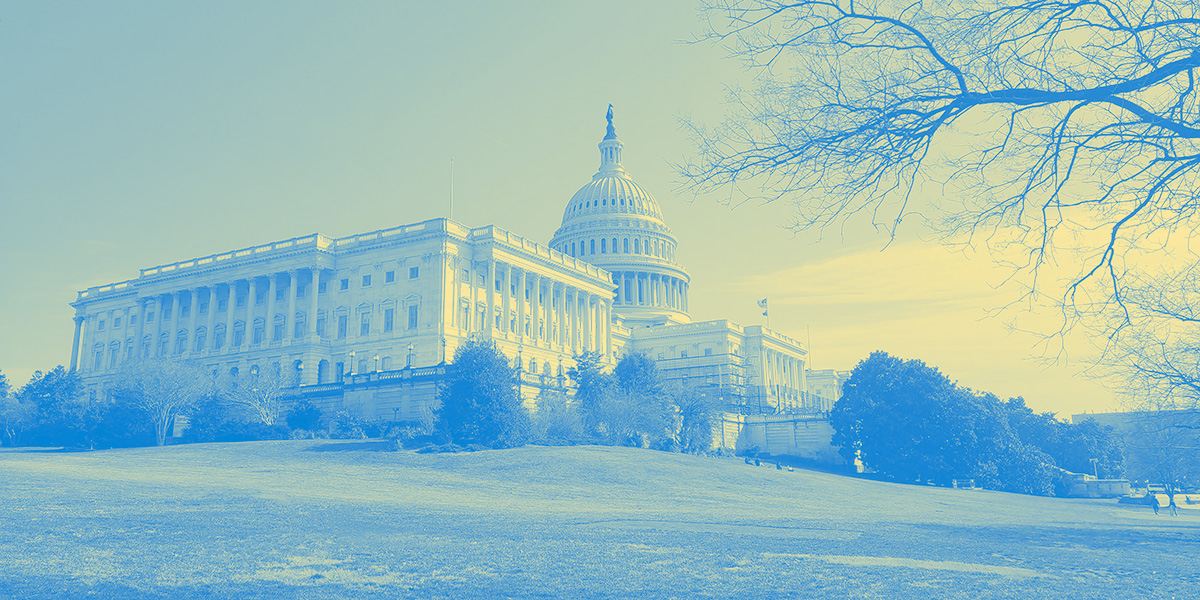The Senate has an important constitutional duty to provide advice and consent on high-level political appointments. But with over 1,300 presidentially appointed officials that require Senate approval, modern administrations face the formidable task of getting their nominees confirmed in an increasingly lengthy confirmation process. The incoming administration of President Donald Trump, like many of its modern predecessors, will likely face delays getting its appointees in place even as the president’s party holds the Senate majority.
During President Joe Biden’s administration, for example, it has taken nearly three times longer to confirm nominees than during President Ronald Reagan’s administration, increasing from an average of 69 days to nearly 190.
This report sheds light on the confirmation process and each step that nominees must complete to be confirmed. It explains the procedures nominees must undergo, provides new data about the time nominees spend in their assigned committee (or committees) versus the Senate floor and suggests opportunities for future reform.
The process
The confirmation process requires presidential nominees and the administration to prepare for intensive vetting and cooperation with senators and their staff. After a nomination is submitted by the president (a process which itself takes intense vetting), most nominees must first pass review and formal approval of the Senate committee with jurisdiction over the position prior to being placed on the Senate executive calendar to await a floor vote.
While the overall process varies from committee to committee, all committees review materials provided by the White House and conduct their own information-gathering on the nominee. Materials provided by the White House include biographical information, a report or summary of background checks and financial disclosure forms that have been vetted by the Office of Government Ethics and agency ethics officials to guard against any conflicts of interest. Further committee review typically includes additional staff research on the nominee, asking the nominee to fill out additional biographical or policy questionnaires, interviews with the nominee and a hearing. The committee then holds a vote on the nominee.
Once referred from committee to the full Senate, there remain multiple procedural hurdles that can delay or stall a nomination, depending on whether the Senate can reach consensus on moving forward with a nominee or whether the Senate must go through time-consuming steps to get to a final vote.
Confirmation delays create burdens for presidential administrations, the people who seek to serve and the Senate itself. Vacancies and delays also can inhibit federal agencies from accomplishing their missions and serving the public. Knowing where, when and for whom these obstacles occur is a critical consideration for government effectiveness.
Data on Biden Nominations
Analysis of the Partnership for Public Service’s appointee tracker data for Biden nominees shows that:
 |
|
More than half of nominations fall under the jurisdiction of just three committees, capturing how committees have significantly different workloads when it comes to vetting, interviewing and holding hearings on nominees. |
 |
|
Delays for Biden nominees have grown significantly compared with previous administrations, particularly on the Senate floor. Biden nominations spent twice as long in committee and 15 times longer on the floor on average compared with the nominations during the George H.W. Bush administration. |
 |
|
Committee review is the most time-intensive part of the confirmation process. Biden’s nominees spent 121 days in committee and 70 days on the floor on average prior to confirmation. |
A nominee’s time spent in committee is an important part of the Senate’s advice and consent role – vetting individuals for the important jobs for which they have been nominated. The senators who are members of the committees and their staff have expertise in the policy areas that the nominees will be responsible for overseeing if confirmed. Time in committee may be influenced by several factors, including the overall workload of the committee, committee procedures and the extent to which there are policy disagreements among members related to particular positions.
Ways to shorten the confirmation process
The data is a reminder that even where there are critical activities that need to occur, there are likely areas to streamline the process to make it easier for all stakeholders, the Senate and its staff, the White House and nominees.
An important starting point would be to reduce the number of positions subject to Senate confirmation – a number that continues to balloon and strain the time and resources of the Senate.
Other possible areas for further consideration include: improving the “privileged” nomination process in the Senate, which allows nominees for certain positions to go through expedited procedures to get to a final vote; other procedural reforms to make full Senate consideration more efficient (such as bundling together certain nominations for final vote); streamlining paperwork for executive nominations; and helping potential nominees better understand what the process is and what information they need to provide to the White House and the Senate committee(s) of jurisdiction.



